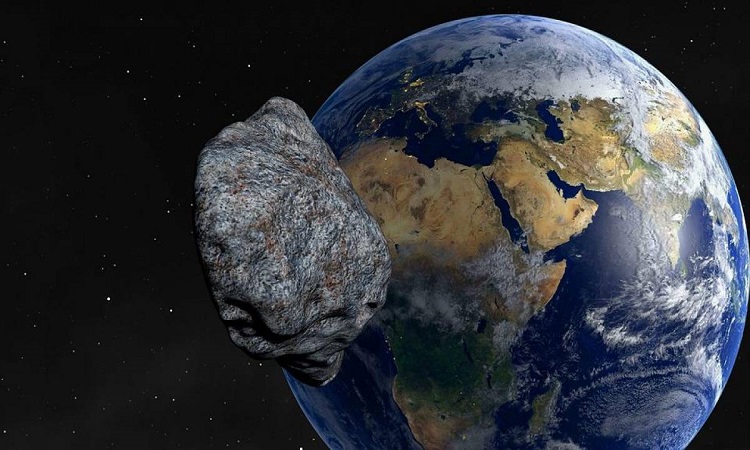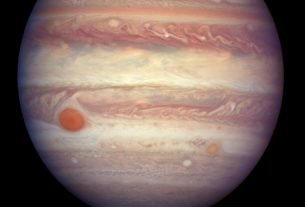An asteroid over 600 meters wide will pass near Earth on December 26. Rest assured, it poses no danger to our planet.
In the Universe, everything is in motion, and it sometimes happens that certain objects approach (even collide). Our planet is also affected. She will be visited on December 26, early in the morning (around 8:54 am). The asteroid, dubbed 310442 (2000 CH59), which sinks at 12 kilometers per second, should then approach a little more than seven million kilometers from Earth.
For comparison, this equates to about 19 times the distance between Earth and the Moon. On paper the gap looks huge, but it is short enough for the Center for Near-Earth Object Studies (CNEOS) to consider the object as “potentially dangerous”.
“It is prudent to continue tracking this type of object for decades to come to study how their orbits might evolve,” said Paul Chodas, director of CNEOS.
It is also noted that with an estimated magnitude of 19.9, the asteroid will not be visible to the naked eye. It probably won’t be visible with an optical telescope either.
We remind that our planet should also be visited by another object this Friday. The asteroid, known as 216258 (2006 WH1), measures between 240 and 540 meters in diameter. It will pass approximately six million kilometers from Earth. Again, this distance is considered relatively “close” in astronomical terms. He too is classified in the category of “potentially dangerous” objects.
A threat taken very seriously
The trajectories of these two asteroids could be calculated using several instruments placed in orbit for this purpose. These include the Pan-STARRS, ATLAS or SONEAR telescopes. But it sometimes happens that certain objects take us by surprise. Last July for example, a rock 100 meters wide spotted at the very last moment passed about 70,000 km from Earth. This is why the threat that asteroids pose to our planet is taken very seriously by astronomers.
In addition to the means of monitoring, the researchers are therefore now considering the establishment of means of protection. ESA and NASA in particular are currently collaborating on the DART (Double Asteroid Redirection Test) mission. The idea will be to send an impactor to the asteroid Didymos in 2022 in order to divert it from its trajectory.




